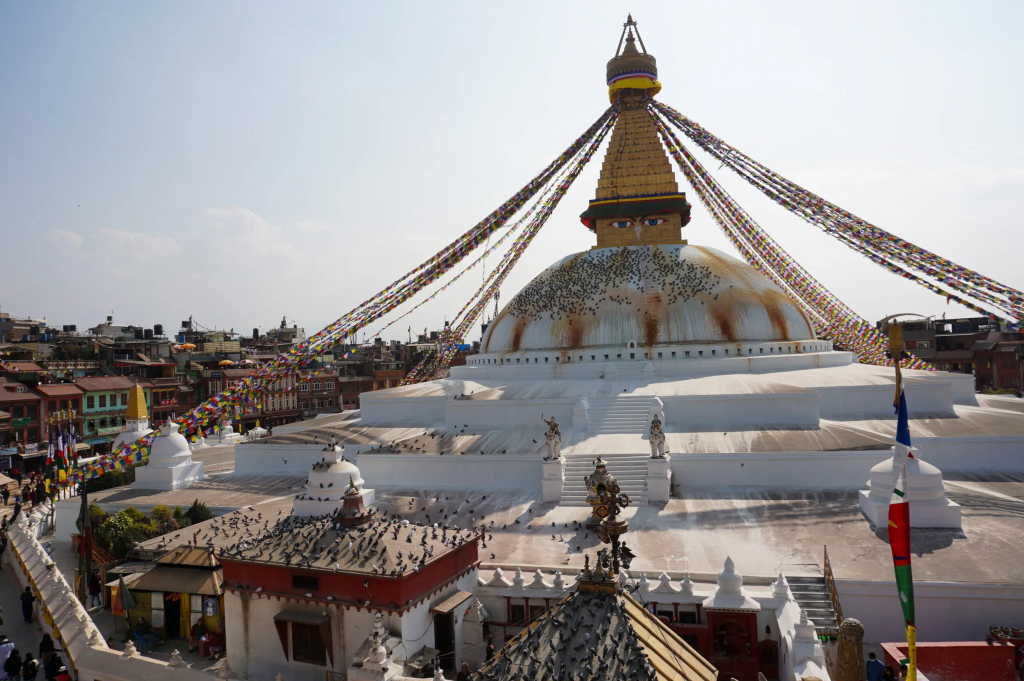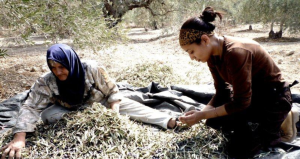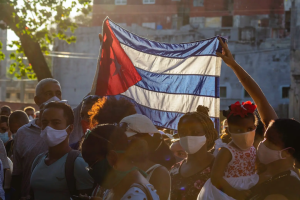Good to know – Your first trip to Nepal

Here is my little guide on what to know before travelling for the first time to Nepal, the country with the world’s highest mountains and the birthplace of Buddha. I will share my experiences with you, provide tips on trekking and transportation, highlight common mistakes to avoid, and suggest dishes to try out.

Population: 30 million
Capital: Kathmandu
Currency: Nepalese rupee (NPR)
1 EUR is 145.20 NPR
1 US$ is 133.01 NPR
Nepal is the home of eight of the fourteen world’s highest peaks with a height above 8,000 m (26,246 feet), along with the highest mountain of the world: Mount Everest. According to the Nepalese embassy, the Upper Himalaya occupies 15 % of the total area of the country; the middle hills and Lower Himalaya cover even 68 %. The landscape is really diverse, and offers not only the snow-covered peaks of the Himalayas but also national parks in the Terai region with a lowest altitude of 70 m (229 ft) above sea level in the South of the county. These national parks are home for endangered animals like the Royal Bengal tiger, the One-horned rhinoceros and Gangetic dolphins.
Nepal is a rather small country especially compared to its neighbours India and China. Nepal’s size of 147,181 km² (56,826 mi²) can be compared with countries like Bangladesh (148,460 km²; 56,977 mi²) and Tajikistan (143,099 km²; 55,100 mi²) or the US state of Iowa (145,746 km²; 56,272 mi²). The main religions are Hinduism and Buddhism. Nepal is known as the birthplace of Buddha
SAFETY – LISTEN TO YOUR INSTINCTS
I have to say that I felt totally save walking through Kathmandu and Pokhara, also at night on busy streets. There was not a moment I felt worried or afraid, and I also did not see anyone who would try to harm me in any way. Of course, you should always listen to your gut feeling and instincts. Stay in busy streets at night, and if you feel unsafe take an official taxi home.
TREKKING – ONE OF THE TOP ACTIVITIES IN NEPAL
One of the top activities when visiting Nepal is trekking in the Himalayan Mountains. Since April 2023, it has been obligatory to arrange for a guide to accompany you on your hike. You can easily organise your tour through one of the many tourist companies and find someone who speaks English or even another foreign language. Your company and guide can also assist you in finding a trek that suits your fitness level and recommend guest houses for lunch breaks and overnight stays.
You can also arrange a Sherpa for your trekking. Sherpas will be paid to carry your backpack for you. Our Sherpa even cooked for us. We had three meals a day plus tea breaks. We were a group of five people accompanied by a first guide, a second guide and two Sherpas carrying our luggage.

Extra tip and no health insurance benefits
It is common to give your guide and Sherpa an extra tip on top of their payment. The amount of the tip depends on the size of your group and the status of the guide. Typically, guides will receive a larger tip than Sherpas. We also had to research the appropriate amount of tip, but decided to give the guides around 8 EUR (approx. 9 USD) per day per person and the Sherpas 4 EUR (approx. 4.50 USD) per day per person. It is also important to emphasize that there are no health insurance benefits for locals in Nepal. Therefore, guides and Sherpas have to pay their medical bills themselves. Earning more money through tips can help them save to cover their higher risk of illness.
Bring enough cash with you because there will be no chance to withdraw money in the mountains. Some people also accept Euros or US Dollars but will charge you significantly more than in the local currency.




